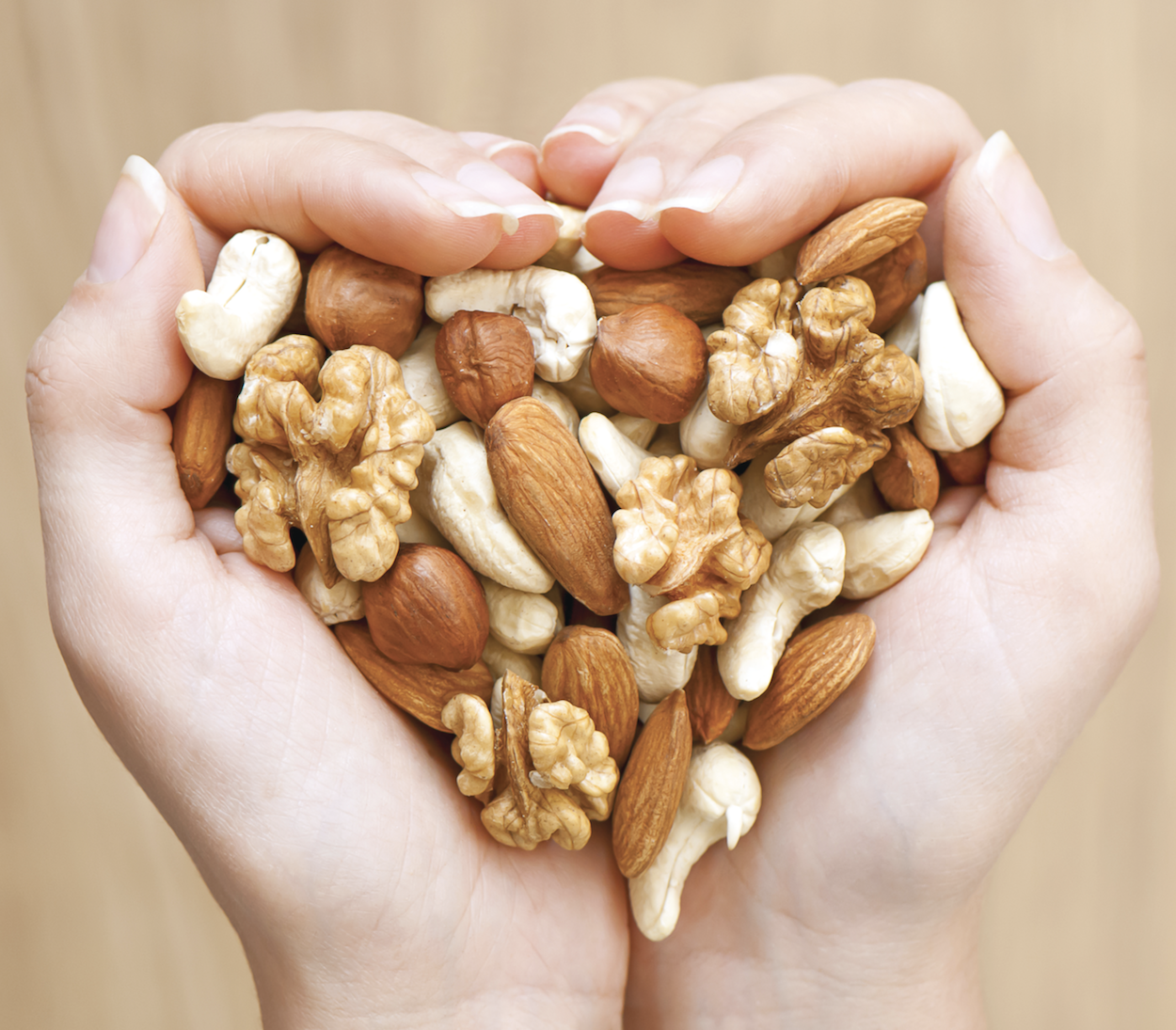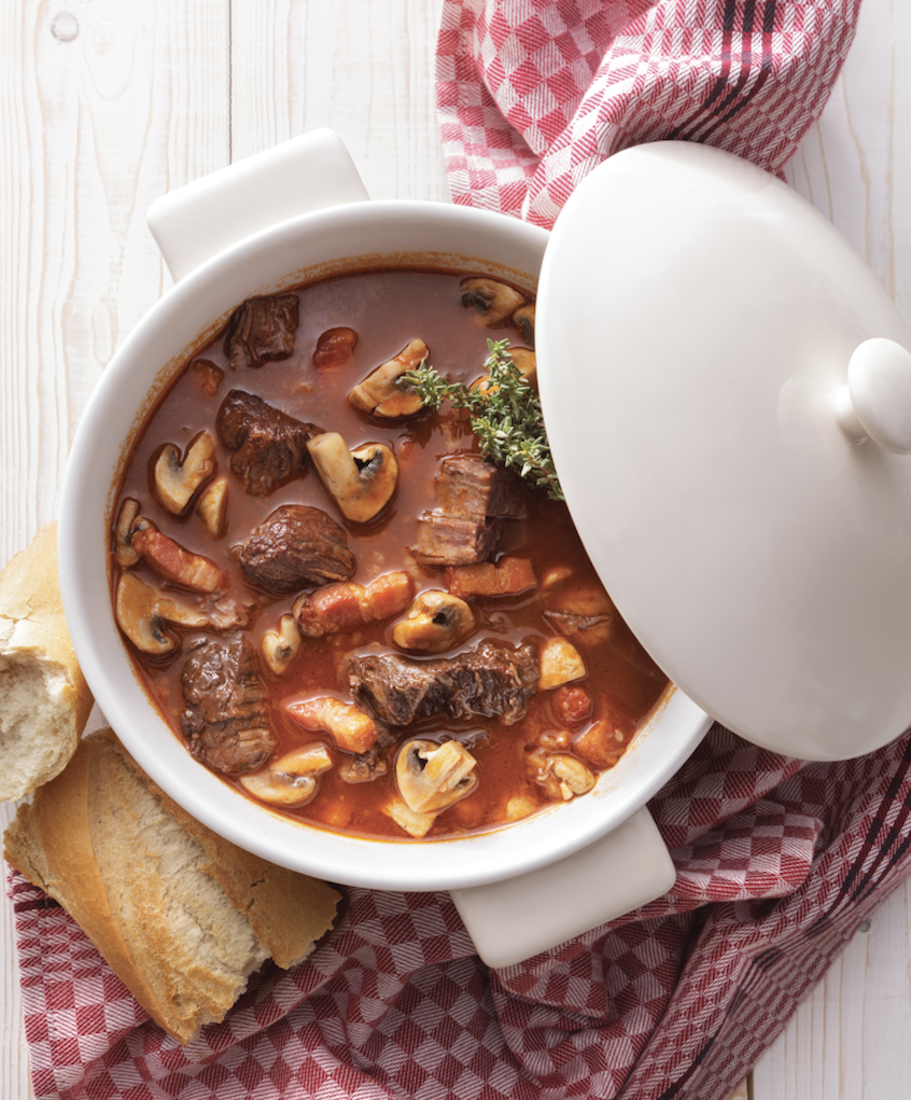Wellness
Wellness
May We Recommend

My Shopping List
+ Add to Shopping List
WELLNESS TOOLS
EATING BY COLOR
Blues
Orange
Green
White
Red
WHAT'S IN SEASON?
GLOSSARY
American Heart Month

Put a Spotlight On Your Heart this February
Focus On the Heart
With all the advances in modern medicine, heart disease is still the number one killer of Americans. This is why regular exercise and a healthy diet are so important for good health. Did you know exercise promotes better circulation, helps rid the body of toxins and strengthens the heart? What about the other half of the equation? What makes a diet healthy? More specifically, what makes a diet heart healthy? Do you have to follow a strict meal plan with a long list of do’s and don’ts? Buy an armful of new cookbooks to revamp your eating habits? Or should you create a meal plan to includes lean meats, an assortment fruits and vegetables? Cook meals that are low in saturated fat, sodium and sugar, with an emphasis on complex carbs rather than simple ones? Do your grocery shopping habits have to change too?
Shop For Your Heart, Not Your Stomach
There’s a common misconception that eating healthier costs more. Consider this, the average American spends nearly $150 a month on fast food, soft drinks, candy and snacks. That’s $1,800 a year! Often times, spending upwards of $12.50 per meal. As most of you know, fast food tends to be higher in fat, calories, sodium and sugar, compared to an average home cooked meal. Not only does this take a toll on your heart and body, it also takes a toll on your wallet. Try this the next time you’re grocery shopping, walk past the snack aisle, past the soft drink aisle, and past the candy aisle, instead fill your cart with healthier choices. Select fresh produce like carrots, lettuce, oranges and blueberries. Choose lean meats like chicken, turkey, salmon and tilapia, instead of steaks and bacon. Buy complex carbs such as brown rice, whole grains, sweet potatoes and black beans, instead of potato chips and donuts. You may be surprised by the amount of food you bring home and how little you spend. Just think, your kitchen will be full of food that will last a lot longer than any fast food, candy or snacks ever will.
Better Health Through Better Eating
Eating healthy doesn’t have to be hard. It’s a matter of knowing what foods are good for you, what foods are better in moderation and which foods to avoid completely. For instance, dark chocolate is actually good for you and your heart, in moderation of course, about 1 square a day. It is believed eating dark chocolate can reduce the chances of both nonfatal heart attacks and stroke. Dark chocolate has also been linked to lowering blood pressure and improving blood flow. Unfortunately, these findings only pertain to chocolate that is 60% cocoa and higher. Meaning milk chocolate doesn’t make the cut. Speaking of foods that are good for the heart, most nuts are a healthy snack. Almonds, walnuts, macadamias, pistachios and peanuts are all great. Nuts are a good source of protein, fiber, vitamin E and omega-3 acids. Walnuts in particular have a high amount of alpha linoleic acids (ALA), which help reduce inflammation. As you can see, eating better really isn’t that hard. It’s all about making smart choices.
Manage Stress…Plan. Schedule. Repeat.
Planning ahead is an important step towards better eating. For one, it will greatly help you plan your budget. You’ll know what you’re having each day, how much to make and exactly how much you’re spending. Second, consider the amount of stress it will relieve when scrambling to put dinner on the table every night. Try to prepare as much food beforehand as possible. It’s a lot easier to refrigerate or freeze your meals, to heat up later, than it is to cook a new meal everyday. And if you find that you’re making the same type of food every week, create two lists. One of foods you really enjoy and a second list of foods you are willing to try. Then mix and match the lists to create new flavor combinations. This will keep your taste buds sharp and open the door to a variety of new recipes.
For More Information:
Healthy Eating Tips [heart.org]
Super Foods [health.com]
Heart-Healthy Recipes [mayoclinic.org]
Similar Articles:
Nothing beats good old-fashioned slow cooked food!

Simple Recipes for Fantastic Meals

